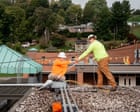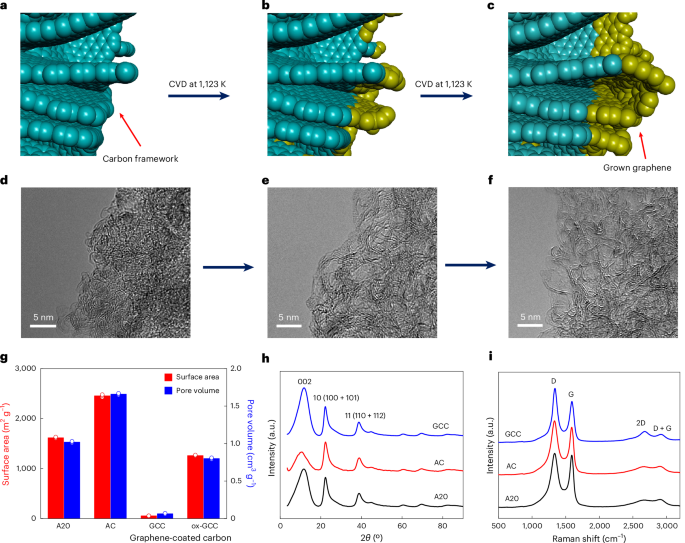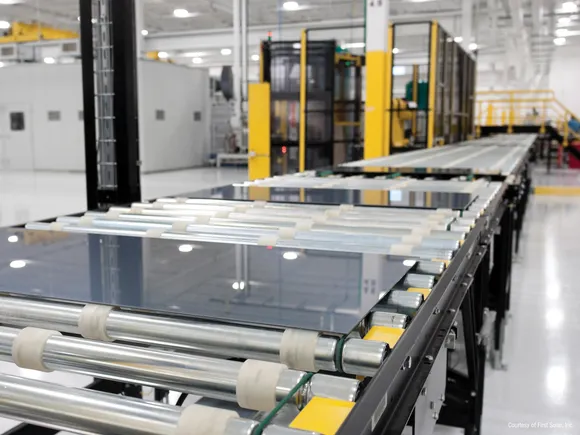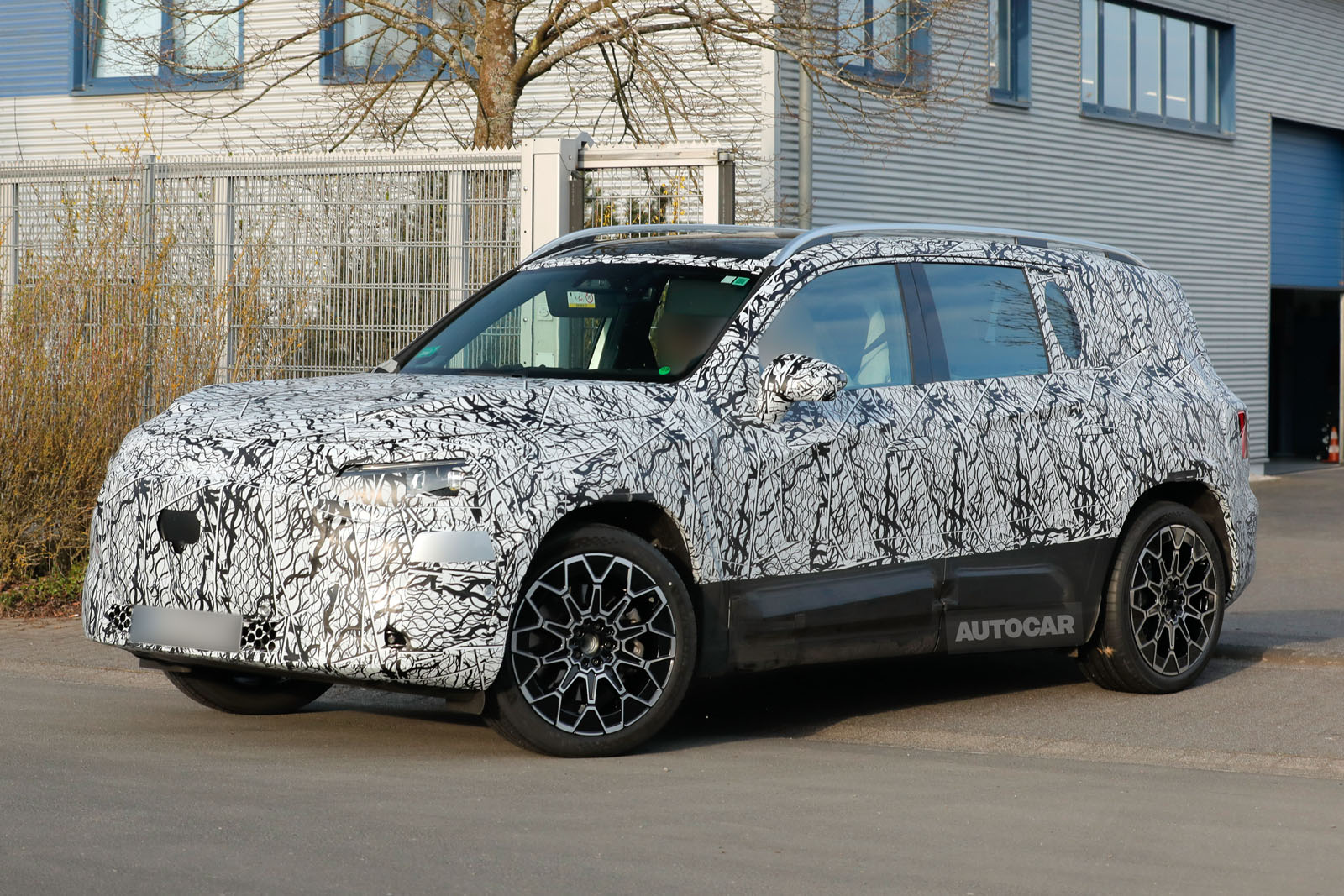Not quite a classic: Audi TT
Bauhaus? Get it sitting outside of your house for less than £5k So, when you saw the 1995 Audi TT concept coupe for the very first time, did you think ‘wow, that’s very Bauhaus’? Or did you think several other things like, ‘that looks weird, but amazing.’ Or, ‘I want one’. Or perhaps, ‘from the rear, doesn’t the shape of its roof look a little bit like a WW2 Nazi soldier’s helmet?’ a thought you might not utter out loud in these politically correct times, although it was quite hard not to think it. It was even harder to avoid thinking – very much - that we wanted Audi to make this car, inadvertent visual referencing or not. Never mind Bauhaus – ‘sitting outside my house’ was how many of us wistfully imagined this car back in 1998, when the finished thing arrived. Brave was certainly a word to describe that 1995 Audi TT concept, for there was simply no other car quite like it. Brave turned out to be appropriate to the TT coupe world in another, less desirable way, this characteristic a requirement if you planned on driving TT at speeds of 110mph or more. If a sudden lane change was needed – quite likely on a German autobahn – the TT could turn alarmingly uncertain, the rear-end breakaway intended to make it entertaining on the limit catching out several drivers, a few fatally. But we’re getting ahead of ourselves here. Audi needed three years to convert the frenzied enthusiasm for the concept into the finished article. Impressively, changes between the concept and production model were remarkably few. The most obvious was the addition of a pair of small extra side windows let into the TT’s helmet-like roof just aft of the doors, making it easier to see out, obviously, and making the cabin’s capping look a little less like an obsolete item of protective military headgear. Buried deep below that striking roofline lay the reason why it was possible for Audi to actually make the TT. That reason was called PQ34, this being the codename for the platform that was the building block of vast numbers of Volkswagen Group vehicles at the turn of the century. This extensive hardware set ran to a lot more than the floorpan and bulkhead that we usually understood a platform to mean, and included suspension systems, powertrains, heating and ventilation systems, seat frames and electrical architecture. VW boss Ferdinand Piech was the main driver behind this huge component sharing strategy, which not only made relatively low volume models viable, but also allowed the cost-savings to be spent on upgrading the quality of vital models like the Volkswagen Golf, the contemporaneous Mk4 rich with soft-feel structures, classy rubberised finishes and – yes! - damped-action grab handles. The TT shared much of its mechanical hardware with this car, and rode on a shortened version of the PQ34 platform. Its transverse engines were shared with many other models, but that didn’t prevent both launch engines from providing plenty of power, the base 1.8 four-cylinder turbo’s 178bhp generous, the 222bhp of the high output version downright exciting. It was substantially more than Audi’s original Quattro put out, packaged into a smaller car and also provided all-wheel drive as standard, as did the lesser version. And like the Golf Mk4, the TT’s interior pleased deeply with its soft-feel finishes, milled aluminium air vent bezels and a pair of padded aluminium struts linking dashboard to centre console. The radio cover was aluminium too, as were the interior door handles, the pedals, the gearlever surround and more. These days this TT interior looks rather spare, but it did much to propel Audi towards the stellar reputation it has today for tasteful, high quality, high precision interiors. For added impact, you could order a so-called baseball leather interior in tan hide, complete with baseball style cross-stitching. It created an interior worthy of a show car, although few TTs have it, sadly. Almost every one – perhaps all – has the additional duck-tail spoiler added to counter lift and stabilise the TT at speed, owners invited to return their cars to dealers for modification. The fix also included redesigned front wishbones, modified anti-roll bars and stiffened dampers. The changes certainly made the TT safer, but also took some of the edge from its handling, and ride too. You can now buy the earliest of these cars for under £5000 in average condition – not bad for a car that still looks amazing. It was never quite the ultimate drive, but the TT was one of the most dramatic cars to emerge at the 20th century’s end, and still looks it now. This column first appeared as an email to subscribers.
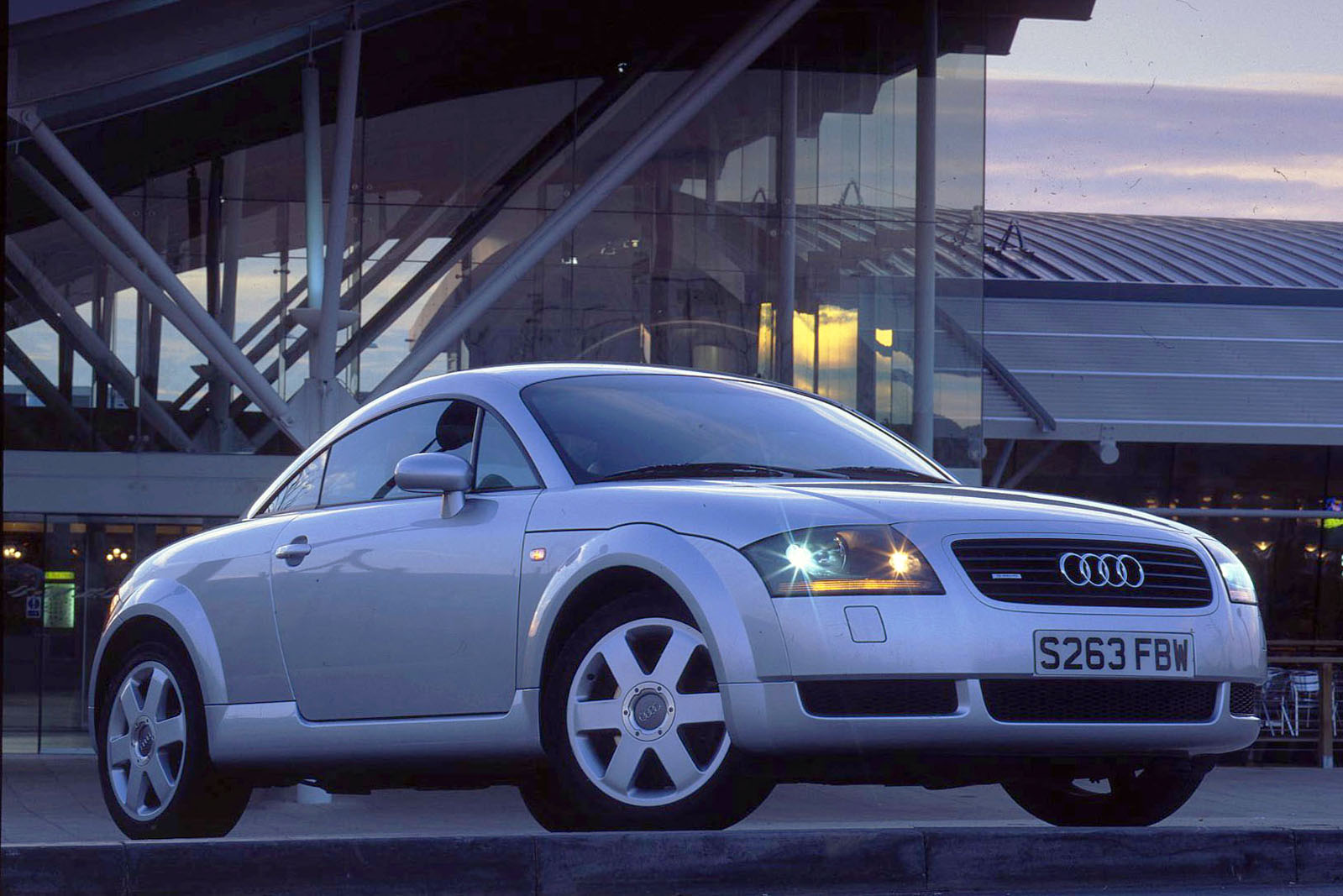
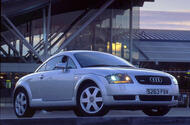 Bauhaus? Get it sitting outside of your house for less than £5k
Bauhaus? Get it sitting outside of your house for less than £5k
So, when you saw the 1995 Audi TT concept coupe for the very first time, did you think ‘wow, that’s very Bauhaus’?
Or did you think several other things like, ‘that looks weird, but amazing.’ Or, ‘I want one’. Or perhaps, ‘from the rear, doesn’t the shape of its roof look a little bit like a WW2 Nazi soldier’s helmet?’ a thought you might not utter out loud in these politically correct times, although it was quite hard not to think it.
It was even harder to avoid thinking – very much - that we wanted Audi to make this car, inadvertent visual referencing or not. Never mind Bauhaus – ‘sitting outside my house’ was how many of us wistfully imagined this car back in 1998, when the finished thing arrived.
Brave was certainly a word to describe that 1995 Audi TT concept, for there was simply no other car quite like it.
Brave turned out to be appropriate to the TT coupe world in another, less desirable way, this characteristic a requirement if you planned on driving TT at speeds of 110mph or more. If a sudden lane change was needed – quite likely on a German autobahn – the TT could turn alarmingly uncertain, the rear-end breakaway intended to make it entertaining on the limit catching out several drivers, a few fatally.
But we’re getting ahead of ourselves here. Audi needed three years to convert the frenzied enthusiasm for the concept into the finished article.
Impressively, changes between the concept and production model were remarkably few.
The most obvious was the addition of a pair of small extra side windows let into the TT’s helmet-like roof just aft of the doors, making it easier to see out, obviously, and making the cabin’s capping look a little less like an obsolete item of protective military headgear.
Buried deep below that striking roofline lay the reason why it was possible for Audi to actually make the TT. That reason was called PQ34, this being the codename for the platform that was the building block of vast numbers of Volkswagen Group vehicles at the turn of the century.
This extensive hardware set ran to a lot more than the floorpan and bulkhead that we usually understood a platform to mean, and included suspension systems, powertrains, heating and ventilation systems, seat frames and electrical architecture.
VW boss Ferdinand Piech was the main driver behind this huge component sharing strategy, which not only made relatively low volume models viable, but also allowed the cost-savings to be spent on upgrading the quality of vital models like the Volkswagen Golf, the contemporaneous Mk4 rich with soft-feel structures, classy rubberised finishes and – yes! - damped-action grab handles.
The TT shared much of its mechanical hardware with this car, and rode on a shortened version of the PQ34 platform. Its transverse engines were shared with many other models, but that didn’t prevent both launch engines from providing plenty of power, the base 1.8 four-cylinder turbo’s 178bhp generous, the 222bhp of the high output version downright exciting. It was substantially more than Audi’s original Quattro put out, packaged into a smaller car and also provided all-wheel drive as standard, as did the lesser version.
And like the Golf Mk4, the TT’s interior pleased deeply with its soft-feel finishes, milled aluminium air vent bezels and a pair of padded aluminium struts linking dashboard to centre console. The radio cover was aluminium too, as were the interior door handles, the pedals, the gearlever surround and more.
These days this TT interior looks rather spare, but it did much to propel Audi towards the stellar reputation it has today for tasteful, high quality, high precision interiors. For added impact, you could order a so-called baseball leather interior in tan hide, complete with baseball style cross-stitching. It created an interior worthy of a show car, although few TTs have it, sadly.
Almost every one – perhaps all – has the additional duck-tail spoiler added to counter lift and stabilise the TT at speed, owners invited to return their cars to dealers for modification. The fix also included redesigned front wishbones, modified anti-roll bars and stiffened dampers. The changes certainly made the TT safer, but also took some of the edge from its handling, and ride too.
You can now buy the earliest of these cars for under £5000 in average condition – not bad for a car that still looks amazing. It was never quite the ultimate drive, but the TT was one of the most dramatic cars to emerge at the 20th century’s end, and still looks it now.
This column first appeared as an email to subscribers.












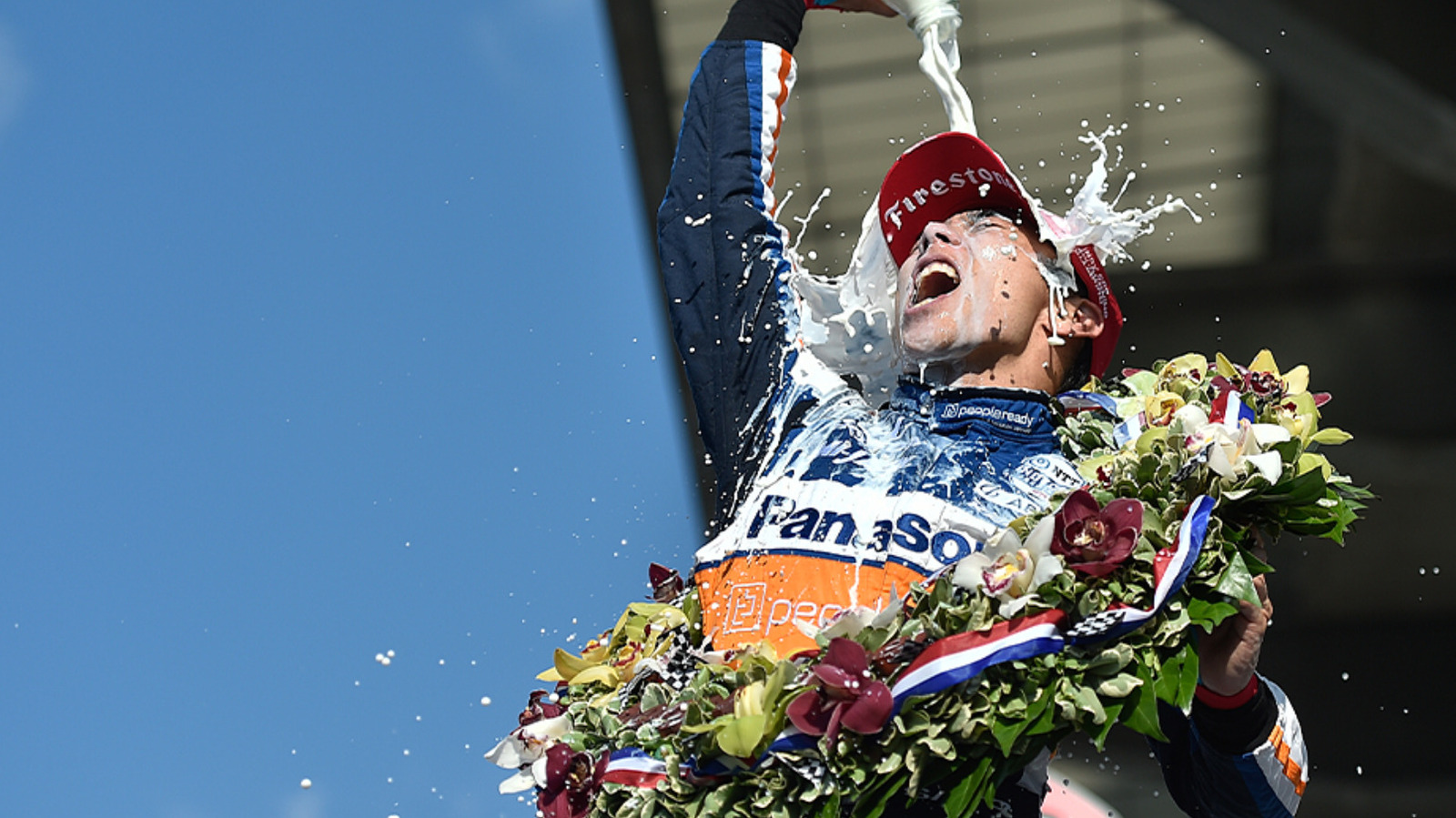


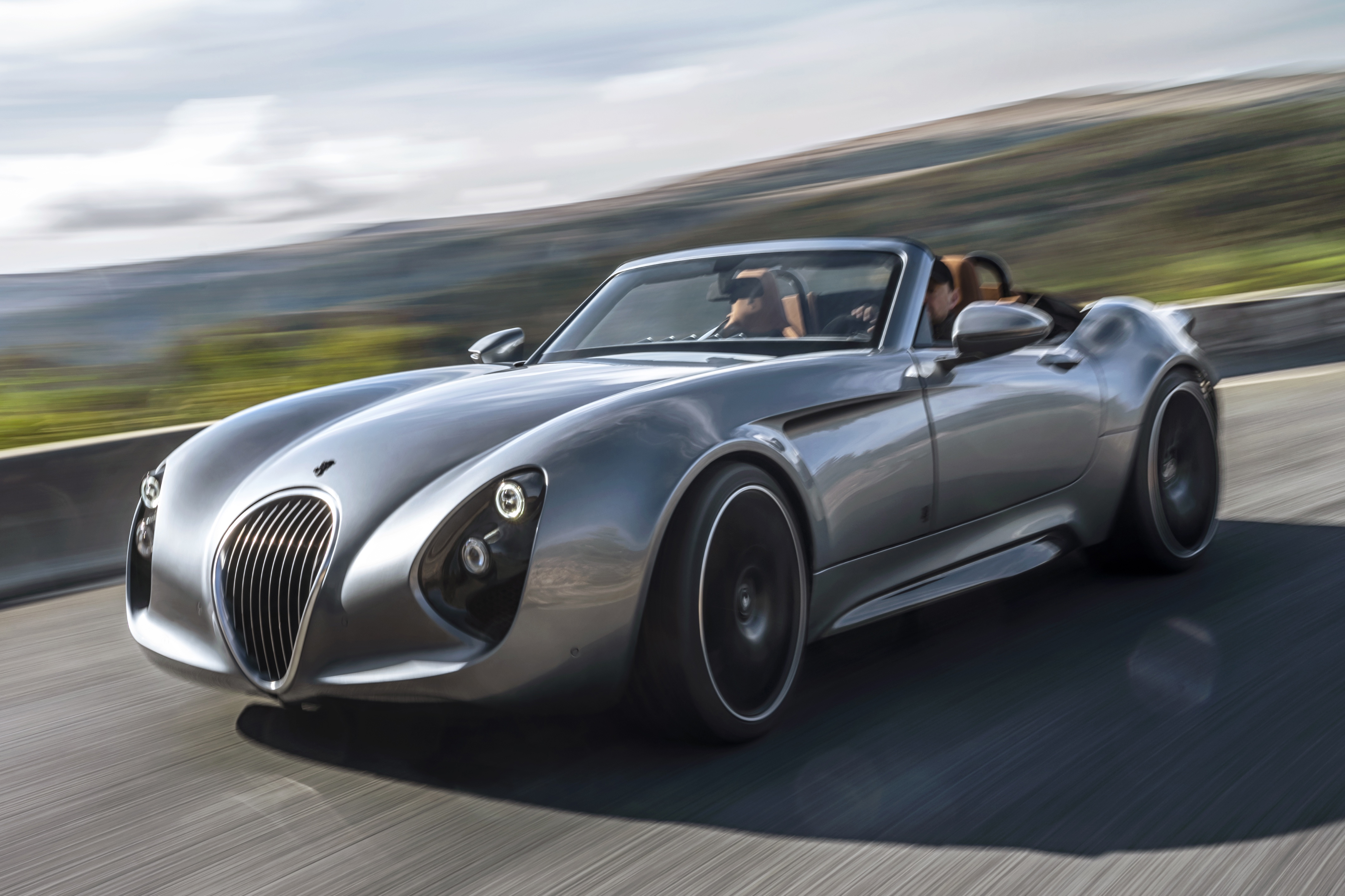















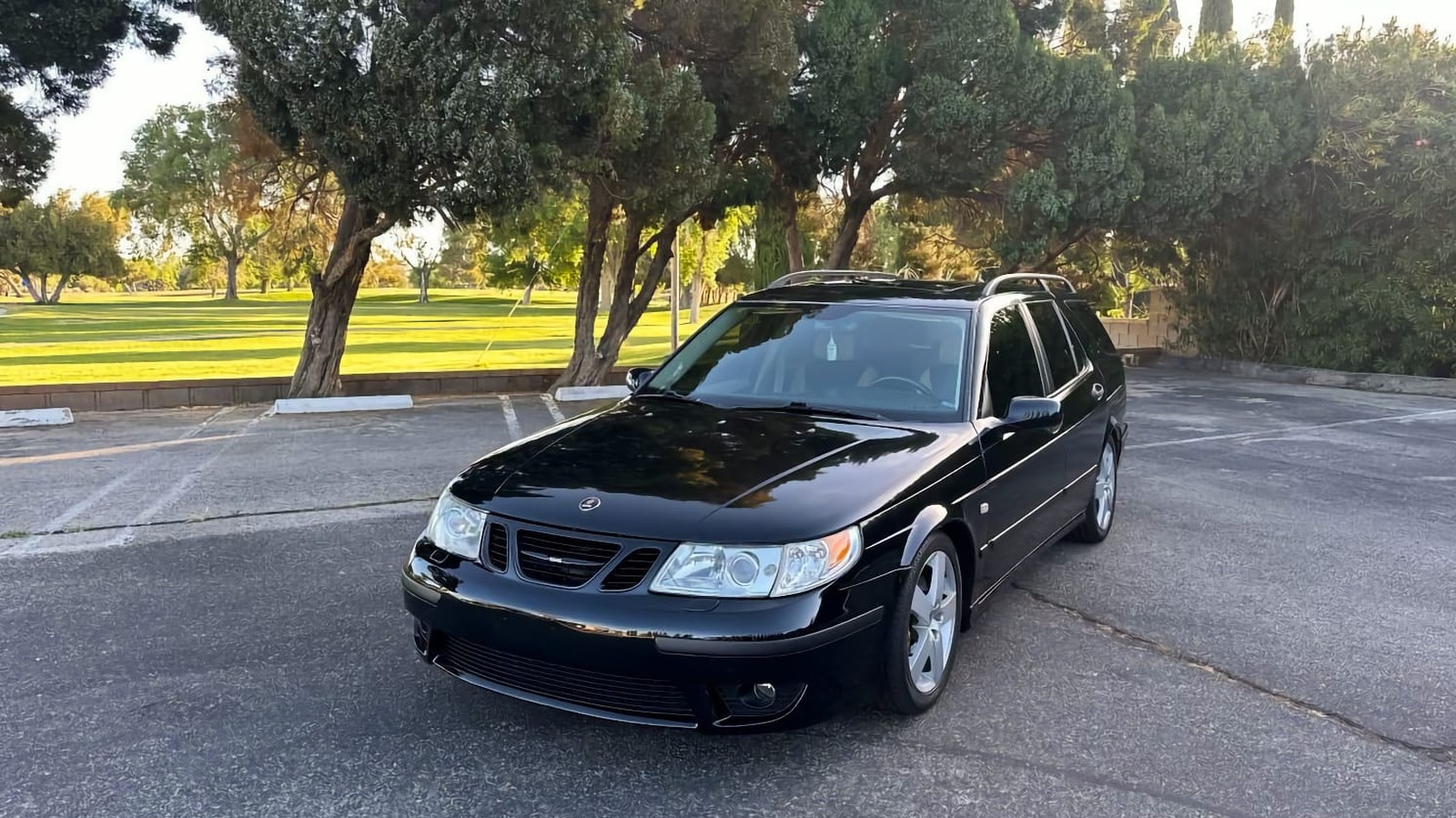



































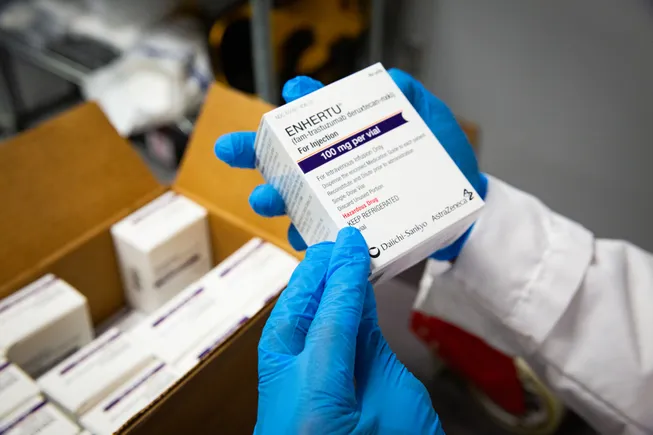




















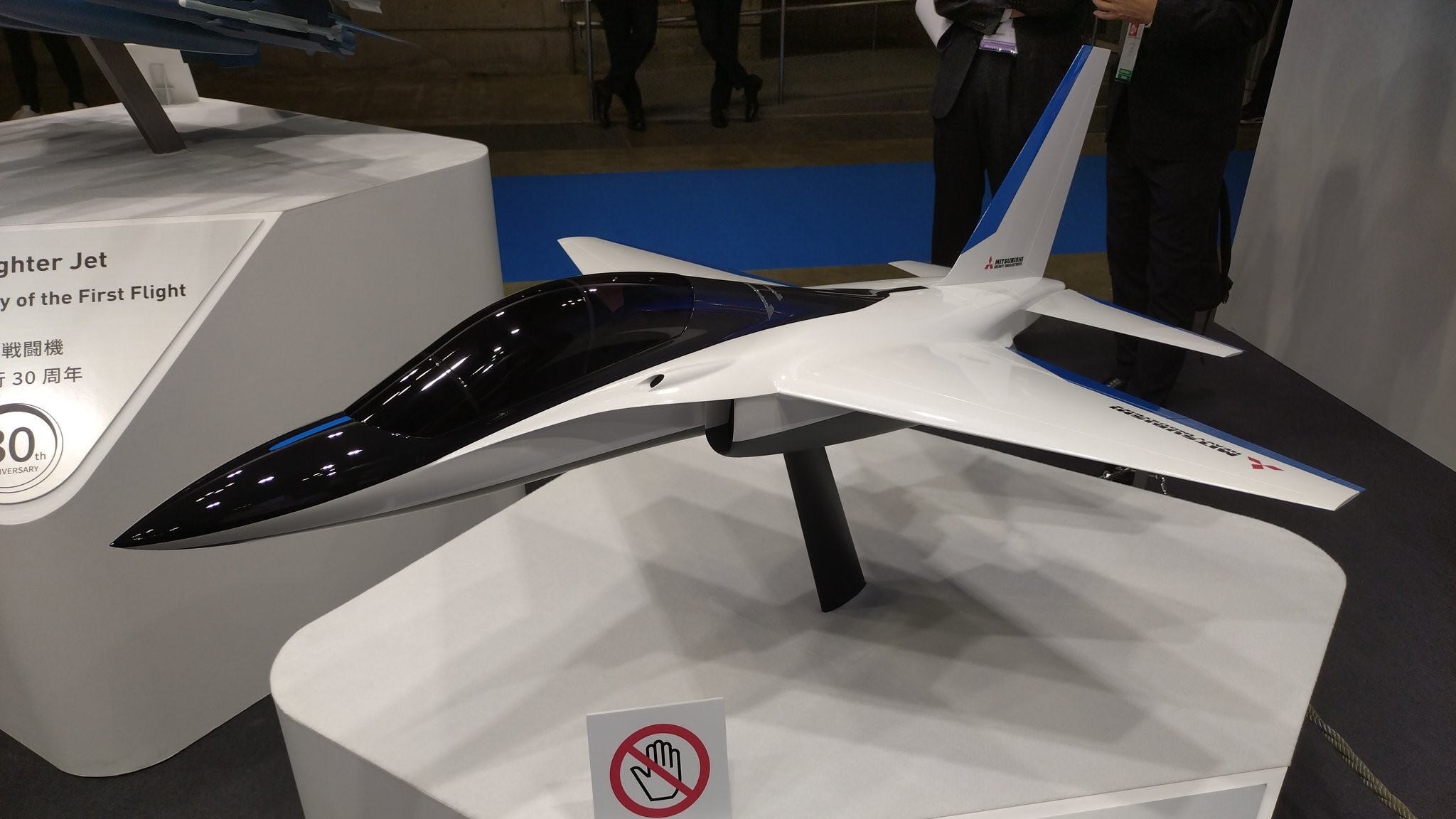

![The F-35’s future: The power and cooling competition that could change everything [Video]](https://breakingdefense.com/wp-content/uploads/sites/3/2024/09/240924_F35_moon_USAF-scaled-e1727200160419.jpg?#)



































